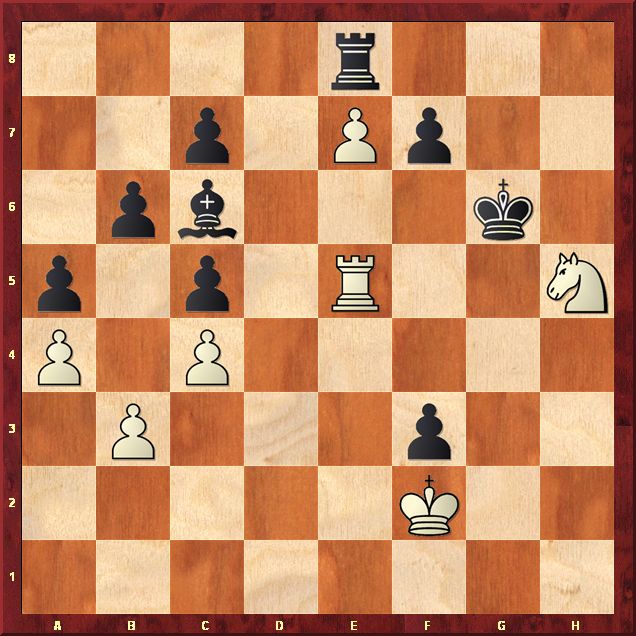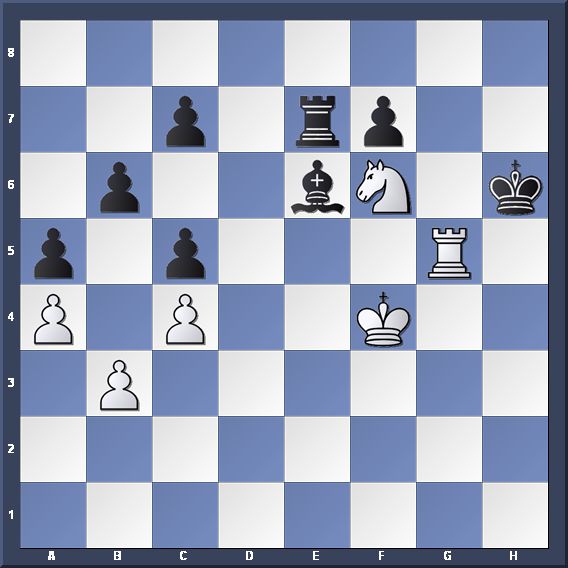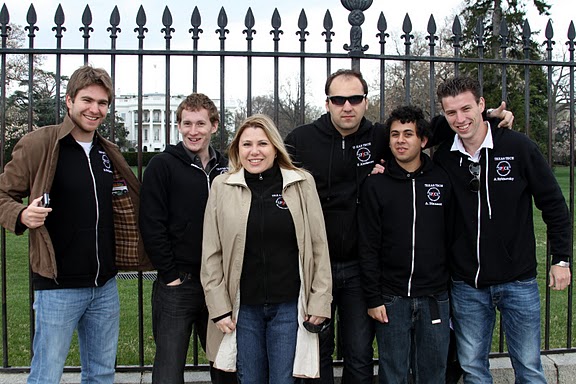You don't see spectacular hoops and dunks and scoring is not done in twos or threes. No chest-pounding, no cheerleaders. The four-corner offense or zone defenses are not parts of the game either. There are brilliant moves, but they are done quietly. And yet, the Final Four in college chess could be a dramatic experience.
Played at the Booz Allen Hamilton building in Herndon, Virginia, over the last weekend, the event - also known as the President's Cup - featured three teams from Texas and the defending champion University of Maryland Baltimore County (UMBC). With students from 20 different countries, this year's Final Four was the strongest: each team had three grandmasters in the line-up. It was also the toughest competition, the final result hinging on a single game.
In the end, the lowest-rated team, Texas Tech (TTU), beat the odds and finished first,
scoring 7-5. University of Texas at Dallas (UTD) took second place with 6.5-5.5.
The combined team, University of Texas at Brownsville and Texas Southmost College (UTB/TSC) came third with 6-6. The UMBC lost all three matches and ended with a 4.5- 7.5 score.
Pictured above is the winning TTU team (GM Davorin Kuljasevic, IM Istvan Sipos, Faik Aleskerov,GM Andre Diamant and GM Anatoly Bykhovsky) with the coach GM Suzan Polgar, a former women's world champion. It was a great week for the Polgar sisters. Across the Atlantic, Judit Polgar shared first place at the 12th European Individual Championship in Aix-les-Bains, France. With some 165 grandmasters participating, the competition was arguably the strongest open tournament in the world.
April Fools game
The downfall of the defending champion UMBC began in the first round, played on April 1, the day of pranks and cruel jokes. One of them was played on the German grandmaster Leonid Kritz (UMBC) who turned his winning position with two pawns up into a loss in a mere two moves. Instead of winning the match 2.5- 1.5, UMBC lost it.
Chirila,Cristian (UTD) - Kritz,Leonid (UMBC)

White just played 49.Nh5 and Kritz decided to round up the e-pawn by placing the bishop on e6 with 49...Bd7 (Instead, he could have tried the straightforward 49...f5 50.Ng3 Kf6 51.Rxf5+ Ke6 52.Rf4 Rxe7 53.Ne4 Rg7 and black should win.) 50.Kxf3 Be6? (A losing blunder. Black still had a decent winning chances with 50...f6 51.Nf4+ Kf7 52.Re2 Bc6+ or 52...Rxe7.) 51.Kf4
(A shocker, turning the game around. The white king just walked into a winning position. The white pieces dominate on the dark squares and Kritz must lose material. For example 51...Rxe7 [or 51...f6 52.Rxe6 Kxh5 53.Kf5 and white wins.] 52.Rg5+ black is hopeless against white's threats:
A. 52...Kh7 53.Nf6+ Kh8 [53...Kh6 54.Ng8+ wins the rook.] 54.Rg8 mate.
B. 52...Kh6 53.Nf6, threatening 54.Ng8+,

and after 53...Rd7 54.Nxd7 Bxd7 55.Re5 Be6 56.Rxe6+ fxe6 57.Ke5 white wins the pawn endgame.)
Black resigned.
Note that in the replay windows below you can click either on the arrows under the diagram or on the notation to follow the game.
The game reminds of a study by Leonid Kubbel with similar material and fabulous knight moves.
Leonid Kubbel
Ceské Slovo, 1925

Can you find how white wins?
The solution:
Photo Suzan Polgar

